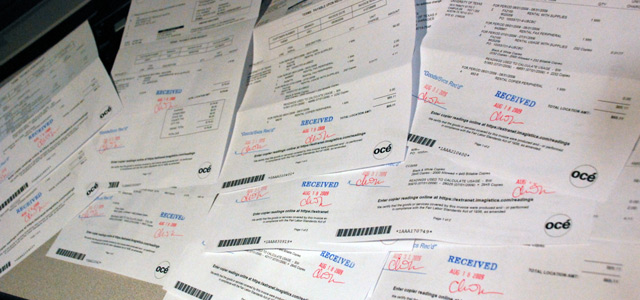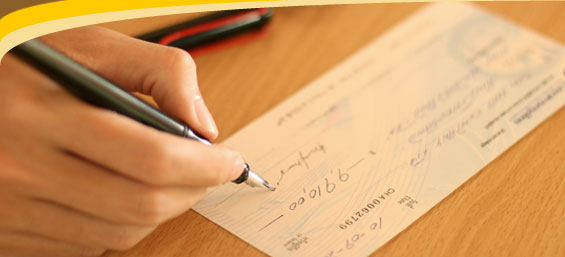If you have any reason to send invoices, chances are that you want to spend more time in getting money than tracking it down. But invoicing is an essential part of all businesses. It seems pretty simple and easy but several organizations struggle to send invoices to their clients in a timely manner or in worst case; the invoice has inaccurate information that interrupts your client payment.
You might run across a client who is contented to send you payment as soon as he gets delivery of a finished product but most of your clients will wait for your invoice: this means no invoice, no payment. While invoicing is not a pleasurable task but it is a necessary one: by keeping your clients up to date of your expectations, you will get paid on time and strengthen your professionalism. Clients’ invoice is an undividable part of the financial side.
To make sure your invoices strengthen rather than wreck your reputation and chances of getting paid quickly, here are some of the best practices for making and sending invoices and getting paid on time:
1. Include Details of What Your Client is Paying For
Create a detailed list of what you are billing your client for. This should fulfill the contract’s terms of agreement you have with your client.
You should use exactly the same language in an invoice you used in the contract’s terms of condition. In fact, why not copy and paste from the contract? This will lessen any risk of misinterpretation and miscommunication about what you were appointed to do, and what you actually delivered.
2. Make Sure Everything is Precise and Error-Free
Double-check your invoice for typographical and computational errors. If you work with clients located in other countries, make sure you have incorporated what currency you desire to be paid in. Nothing’s worse than getting paid in the wrong currency since you were not careful with your invoice. So double- or triple-check the whole thing prior to sending it out to your client.
3. Make it Trackable
Aside from the date, you should give each invoice a tracking number. If you are creating invoices from any invoicing software, it will create invoice numbers for you automatically. For example, you can add the year as well or project or client code also. The invoice number makes it much simpler to record, track and follow-up on payments. This is particularly significant if you work with a lot of clients, or have ample of projects.
4. Make it Easy For your Client to Pay You
Specify how you want to be paid. If you are going to be paid by check, say undoubtedly what the payee’s name should be. If not, clients might craft the check payable to your personal name, for example, “when it should have been paid to your company name” etc. If you are transferring a digital invoice by email, you should add a link which your client can click on to pay you immediately.
5. Keep Marketing
Your invoice act as your marketing tool. You should include your logo, tag line, and contact information in an invoice. The look and language of your invoices should be reliable with the rest of your marketing resources. In addition, you can utilize the invoice to ask for feedback on your services. You can even add a short testimonial on each of your invoice.
6. Send it on time
Don’t be shy about sending your invoices to your clients. You should send them as soon as you complete each objective of your project. Sending invoices on time will increase your chances of getting paid on time as well. On the other hand, late invoices will definitely get you late payments.
7. Send it to the Right Person
If you are invoicing a company or any office employing more than 100 persons, you should be confident of sending your invoice to the right person with whom you have been synchronizing with right through the project.
Using these tips will help you keep a closer eye on your invoice processing system and greatly add to your bottom-line















